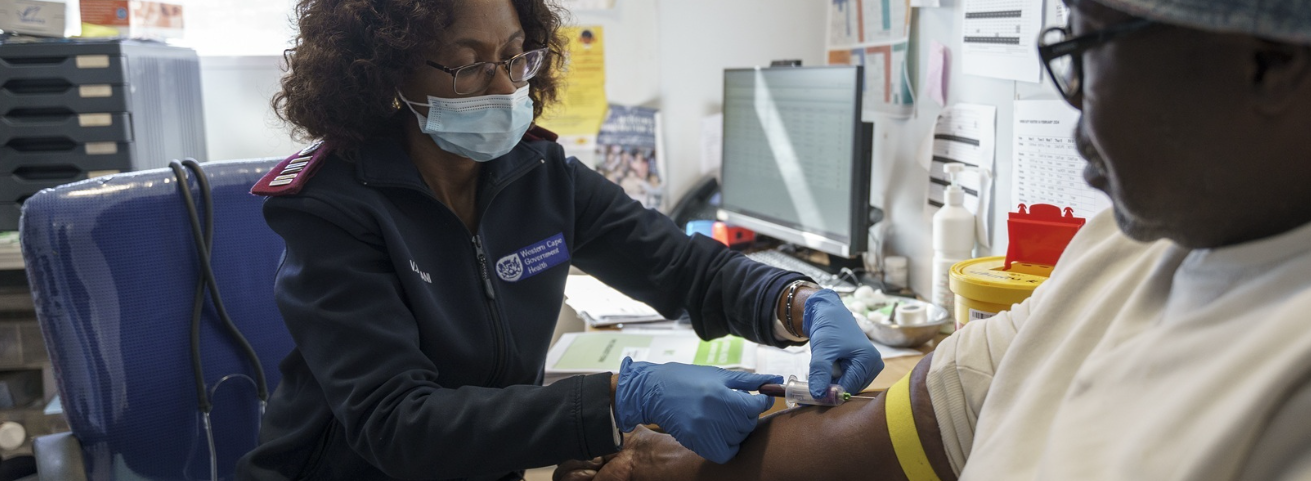
The global nursing workforce has grown from 27.9 million in 2018 to 29.8 million in 2023, but wide disparities in the availability of nurses remain across regions and countries, according to the State of the World’s Nursing 2025 report, published by the World Health Organization (WHO), International Council of Nurses (ICN) and partners. Inequities in the global nursing workforce leave many of the world’s population without access to essential health services, which could threaten progress towards universal health coverage (UHC), global health security and the health-related development goals.
The new report released on International Nurses Day provides a comprehensive and up-to-date analysis of the nursing workforce at global, regional and country levels. Consolidating information from WHO’s 194 Member States, the evidence indicates global progress in reducing the nursing workforce shortage from 6.2 million in 2020 to 5.8 million in 2023, with a projection to decline to 4.1 million by 2030. But, the overall progress still masks deep regional disparities: approximately 78% of the world’s nurses are concentrated in countries representing just 49% of the global population.
Low- and middle-income countries are facing challenges in graduating, employing and retaining nurses in the health system and will need to raise domestic investments to create and sustain jobs. In parallel, high-income countries need to be prepared to manage high levels of retiring nurses and review their reliance on foreign-trained nurses, strengthening bilateral agreements with the countries they recruit from.